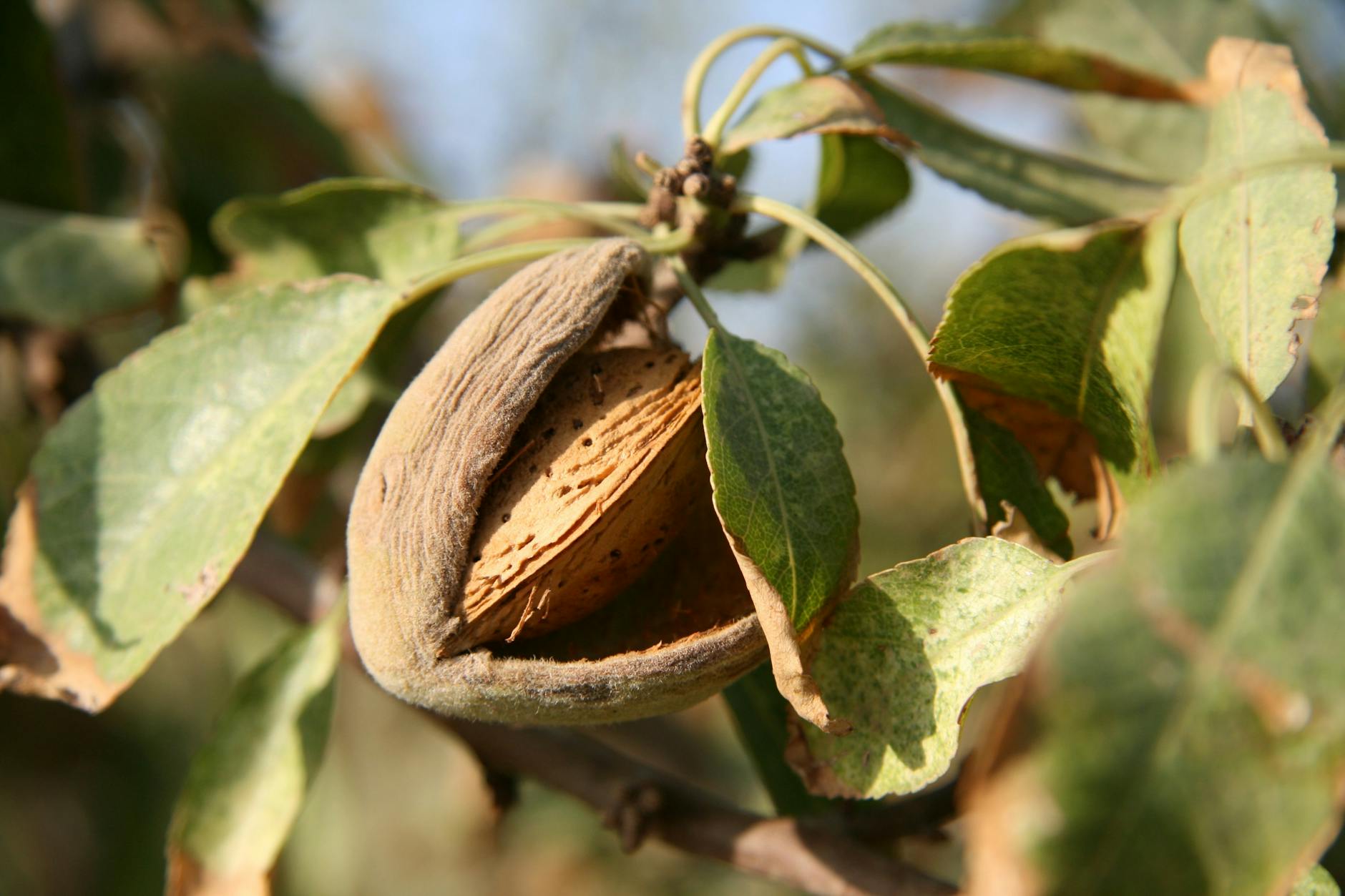This article contains 7 superfoods that can be added to smoothies.
Smoothies are incredibly adjustable, which means you may customize them to your taste preferences, nutritional needs, and health goals.
These foods are classified as “superfoods,” because they are natural foods and contain a high concentration of nutrients and so provide significant health advantages.
Smoothies are a blended combination of fresh ingredients that can be eaten as a nutritious snack or as part of a balanced breakfast. The beverage has numerous potential health benefits, especially when combined with nutrient-dense components such as fruits, vegetables, lean proteins, and healthy fats.
The vitamins, antioxidants, and minerals in your typical smoothie can aid digestion, hydration, and energy levels. Superfoods such as leafy greens, Greek yogurt, and chia seeds can boost the energy, satiety, and flavor of your smoothies.
Goji Berries
These little, red fruits have a tangy-sweet flavor and contain a variety of nutrients, making them a popular superfood. Goji berries include antioxidants, vitamins, and minerals that promote immune function, healthy skin, mood, and vision. They contain numerous bioactive chemicals, including significant quantities of zeaxanthin and beta-carotene, which have been related to anti-inflammatory, anticancer, and antibacterial activities.
For example, 5 tablespoons (tbsp) of goji berries has 7,500 IU of vitamin A, which is approximately 250% of the Daily Value (DV). Vitamin A is essential for eye, tooth, and skin health, among other body functions.
Goji berries are often sold in powdered or dried form. They go nicely with other fresh fruits, including bananas, blueberries, and strawberries. Add almond milk or yogurt to help balance out the tartness with a creamy texture.
Hemp Seeds
Hemp seeds are small but nutrient-dense. The seeds contain high levels of omega-3 and omega-6 fatty acids, which aid in inflammation reduction. They are also complete proteins, which means they contain all 9 essential amino acids that our bodies are unable to synthesize on their own.
Three tablespoons of hemp seeds contain 9 grams of protein or 18% of the DV. Protein is important for muscle growth and repair. It also makes for a satisfying smoothie addition, keeping you satiated for longer.
Hemp seeds are also high in fiber, which aids in digestion and maintains a healthy gut microbiota. Three tablespoons of hemp seeds contain 1.2 grams of fiber or 4% of the DV. This can assist in increasing the fiber content of your smoothie and add texture to it.
Leafy Greens
Leafy green vegetables such as spinach, kale, and chard are high in vitamins and minerals that support a variety of bodily functions, making them an important part of a well-balanced diet.
Although each green’s nutrient composition varies slightly, research has consistently connected leafy greens to advantages for eye, heart, and immune health. Plus, leafy greens are high in vitamin K, which is important for bone health. Their high antioxidant content can aid in combating oxidative stress and lowering the risk of chronic disease.
Most greens may be easily blended into your smoothie to provide an extra nutritional boost. Pair with a sweet fruit, such as berries, mango, or pineapple, to reap the benefits without sacrificing flavor.
Almonds
Almonds may be a terrific addition to a variety of smoothie recipes. Tree nuts provide healthful fats, protein, fiber, vitamins, minerals, and bioactive substances with antioxidant and anti-inflammatory qualities.

One ounce (oz) of almonds (approximately 23 nuts) contains 6 grams of protein (12% of the DV) and 14 grams of fat (18% of the DV). However, the majority of the fats in almonds are unsaturated, which can help lower your LDL (bad) cholesterol and minimize your risk of heart disease—especially if you consume these fats instead of saturated fats.
Almonds’ protein and fat composition help to balance the carbohydrates in a fruit smoothie, promoting better blood sugar regulation and fullness between meals. As your body digests the carbs in the fruit and dairy ingredients, it must also digest the fat and protein in the almonds, resulting in more regulated variations in blood glucose levels.
Almonds have a nutty flavor that goes well with a variety of tastes and textures. Adding whole almonds to the blender can make your smoothie thicker, improving your smoothie experience.
Chia Seeds
Chia seeds provide numerous health advantages, making them an effective smoothie ingredient. The seeds are modest in size yet extremely nutrition-packed. They are rich in antioxidants, fiber, omega-3 fatty acids, and protein.
One ounce of chia seeds has over 10 grams of fiber or 35% of the DV. Fiber helps to control blood sugar levels and keep your intestines healthy. Chia seeds’ omega-3 concentration can also help reduce inflammation associated with chronic diseases.
Chia seeds have a nutty flavor that compliments most fruits, vegetables, and proteins. They can be mixed into a smoothie or used as a topping on a smoothie bowl to add nutrition and texture.
Greek Yogurt
Research has linked high-protein diets to a variety of health benefits, including weight loss, muscle building, and improved metabolism, prompting many people to seek strategies to increase their protein intake. Greek yogurt is a simple and effective approach to boost the protein in a smoothie, as little as 3/4 cup of plain, low-fat Greek yogurt offers 15 g of protein or 30% of the daily value.
Greek yogurt also contains probiotics, which promote a healthy gut microbiota. According to research, the gut has a significant impact on overall health, impacting illness risk, mood, and other factors.
Plain Greek yogurt can be included in most smoothie recipes. It complements practically any fruit and provides a creamy smoothness to the blended beverage.

Avocado
Avocados are frequently mentioned as a superfood. They are high in monounsaturated fatty acids, fiber, and plant sterols, which support cardiovascular health, weight loss, improved cognitive function, and gastrointestinal health.
For example, one avocado contains 9 g of fiber, which is 30% of the DV. It also contains 13 grams of monounsaturated fatty acids.
Avocados are high in healthful fats and provide a creamy smoothness to smoothies. However, when combined with other components, their flavor is nearly imperceptible. Avocados work nicely with a variety of flavors and textures, such as fruits, vegetables, nuts, and more.
Foods To Limit
All foods can be consumed in moderation as part of a well-balanced diet. However, some components may diminish the benefits of smoothies for your immediate and long-term health.
For example, be wary of additional sugars and artificial sweeteners. Experts recommend keeping added sugars, such as those found in processed sweeteners or sweetened drinks, to less than 10% of your total daily calories.
Artificial sweeteners may affect the gut microbiota and cause gastrointestinal problems in certain people. Natural sweeteners, such as honey or agave nectar, still contribute to your total sugar intake, although they may be easier to digest.
Here are some tips
Consider the serving sizes for your ingredients. Too much sugar—even from fruit—in one sitting might result in a quick blood sugar increase.
When feasible, choose plain yogurt with entire fruits over flavored yogurts. Unlike many flavored yogurts, this combination contains no added sugar and is high in fiber.
Avoid using flavored syrups because they are often heavy in added sugar and have little nutritional value.
How to make a smoothie.
Making a smoothie is quite simple, especially if you prepare your ingredients ahead of time. To create a refreshing smoothie, follow these steps:
Combine your ingredients: First, select a liquid foundation like milk, coconut milk, almond milk, water, or fruit juice. Then, select a mix of fruits, veggies, seeds, and other solid items that you believe will work well together. The more solid components you add, the thicker your smoothie will become.
Measure the ingredients: Portion each ingredient according to your preferred serving size. This will help you stay informed of the nutritional value of your smoothie.
Select a sweetener: If whole food items aren’t sweet enough for you, try agave nectar, honey, pure sugar, or artificial sweeteners. Artificial sweeteners may induce gastrointestinal upset in certain people, and excessive added sugars, even from natural sources, can result in high blood glucose.
Blend: Place the measured ingredients in your blender and blend until smooth. Check for consistency, and then continue to blend as needed. The longer you combine, the thinner the liquid will become. You can also thicken the mixture by adding a few ice cubes.
Smoothie recipes provide limitless possibilities. You can be as imaginative as you want. For example:
- Avocados taste great when combined with leafy greens and strawberries in a green smoothie.
- Goji berries can improve most berry smoothies, particularly when coupled with nutrient-dense almonds or chia seeds.
- Greek yogurt can be used in almost any smoothie recipe.
- Chocolate protein powder and fruit can be combined to create a milkshake-like beverage.
To Conclude on Making Superfood Smoothies
Superfoods are nutrient-dense foods that can improve overall health. Superfood smoothies are a wonderful method to increase your consumption of vitamins, minerals, and antioxidants while also addressing any nutrient deficiencies caused by dietary gaps.
Incorporating superfoods into your smoothie can help with your immune system, heart, digestive tract, skin, and brain health, among other things.
Smoothie components can be combined in an infinite number of ways, allowing you to customize your health-boosting beverage to your taste and texture preferences.

